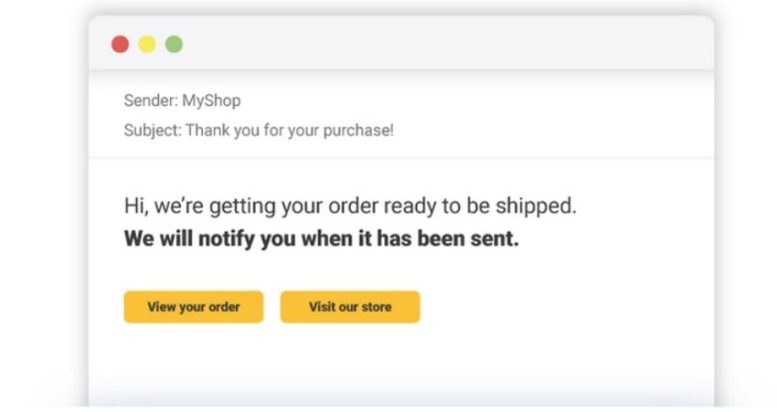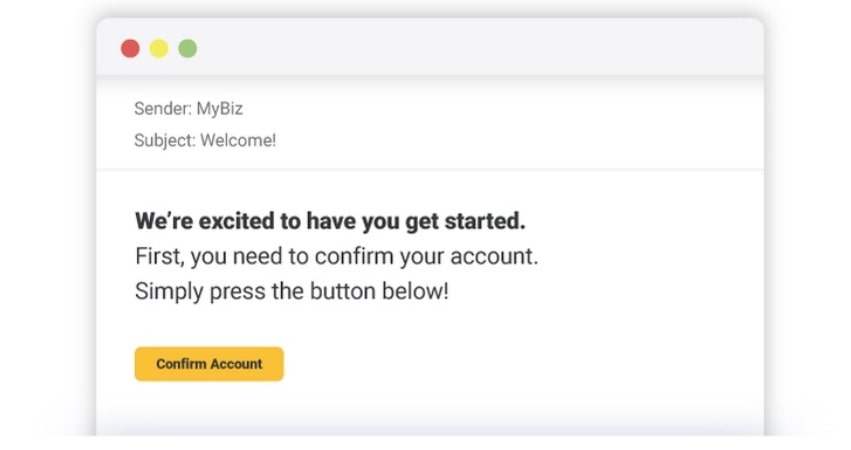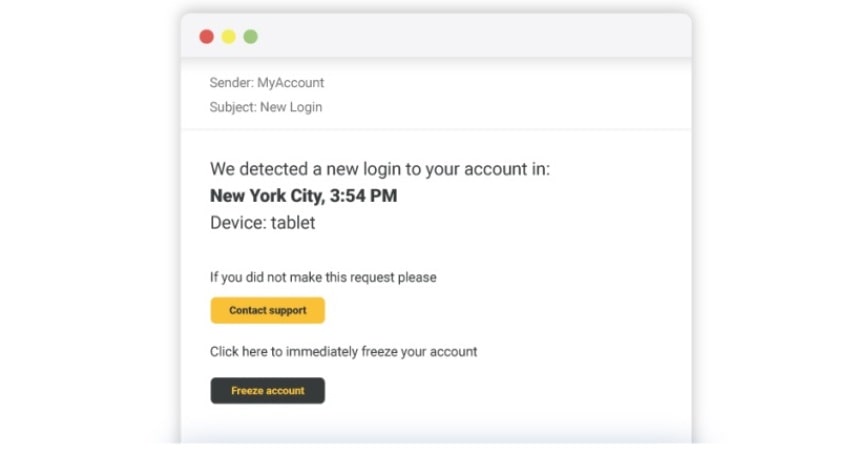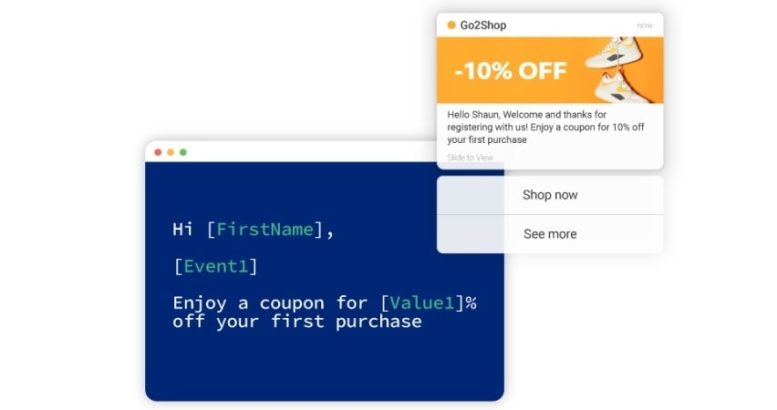What exactly are transactional emails, how to use them for business, how they differ from promo emails – learn this and more!
What are transactional emails?
Transactional emails are any email sent from a business to an individual recipient, triggered by user requests or actions. Because of this, businesses don’t require customer consent to send transactional emails. This is an important distinction.
For example, whenever a user creates an account, completes a purchase, requests a password reset, or receives an account notification – they’ve performed an action that requires a transactional email confirmation.
Transactional versus promotional email
The difference between transactional and promotional or marketing emails is that transactional emails require a transactional trigger event – i.e. a commercial transaction.
A transactional email will contain information that relates to a commercial transaction between the user and the business.
In addition, transactional emails are low-cost and short-term with high open rates. In addition, they help build brand loyalty.
Do transactional emails require subscriptions?
Since transactional emails are triggered by (and relate to) a unique transactional event, recipients do not need to be subscribed. You can offer users to subscribe to promotional emails at checkout. However, transactional emails relate only to a specific transaction and do not have a promotional character. Because of this, transactional emails do not require subscriptions.
How to send transactional emails?
You can automate transactional emails. Simply define and set which conditions are needed to trigger transactional emails.
Sending transactional emails will require you to integrate with an email provider via SMTP or HTTP.
SMTP is the quick and easy, code-free integration method ideal for anyone who needs to send transactional emails, quickly. It is a simple and flexible integration method that will work with most existing applications.
HTTP is the recommended integration method for users who require higher email delivery speeds, lower latency, and higher security. It’s a bit more demanding in terms of integration, but could be more beneficial for your business.
It’s best to consult an expert before deciding on either method.
Transactional email best practices
The most common types of transactional emails include:
Order confirmations
When a user completes an order, it’s reassuring to receive an order confirmation. These should contain information confirming the order, price, and estimated shipping times as well as useful links such as to your return policy, or customer contact centre.
Invoice
Either as a green alternative to sending a printed version accompanying physical goods, or as confirmation of payment received for services, digital or intangible goods – sending users an invoice is a must.
Shipping confirmations
An automated customer care type transactional email that customers appreciate – the shipping confirmation notification. These should include a tracking number as well as links to the courier’s site for any last-mile assistance.
Delivery confirmation
Recipients may be away from the delivery address when their order is delivered – probably at the office or otherwise indisposed. Delivery confirmation emails tell them their orders have arrived.
Double opt-in
When a user signs up for a service or newsletter, a double opt-in email is sent where they can confirm their subscription. Some jurisdictions legally require double opt-ins. But even if double opt-in lists aren’t legally required, they still help businesses confirm email address validity.
Password resent
Users will sometimes want to reset their password for several reasons – the most often being they forgot a complex one and locked themselves out of their own account. Password reset requests help with this by sending an email to their inbox containing either a temporary password, or a button directing them to your password reset page.
Legal updates
Any updates to your legal agreements, whether privacy policy or your terms and conditions – must be communicated to your users. This type of transactional email should consist of a notification that you’ve made changes. Add a link to your website where users can see the specific changes you’ve made, and how they impact your users.
Account notifications
Similar to legal updates, but concerning user accounts. Any changes to the user account, such as suspension due to violations outlined in your service terms and conditions, need to be communicated to your users. These emails should consist of the account-related notification and useful information including details or links to your related subsite.
Login alerts
Alert users to logins from new devices on their account. These could be a sign of account takeover. Login notification emails should include the location, time and date of the new device login, as well as device type, with a link to prevent the login from that device if a threat is detected.
Why you need transactional emails
Transactional emails are crucial to any business. From enhancing customer experience in ecommerce, to protecting user accounts across a broad range of services, transactional emails have a role to play in the modern digital economy.

With over a decade of industry experience, Infobip has expanded to 65+ offices across six continents. It offers natively built technology with the capacity to reach over seven billion mobile devices and ‘things’ in 190+ countries connected directly to over 650 telecom networks. In the past 12 months alone, over 5 billion people have used Infobip solutions and services. Infobip was established in 2006 and is led by its co-founders, CEO Silvio Kutić, Roberto Kutić and Izabel Jelenić.
For additional information on Infobip view their Company Profile








